Buscador
- Home
- What to visit?
- Mina do Salgueiro
Mina do Salgueiro
- San Tirso de Abres
- Mines
La Mina do Salgueiro, situada en San Tirso de Abres (Asturias), fue una importante explotación de hierro con orígenes que podrían remontarse a época romana. Ubicada en la zona de San Salvador, conserva varias galerías excavadas en la roca, algunas con evidencias de trabajos tanto antiguos como industriales modernos. La mina formó parte del sistema minero del occidente asturiano, vinculado al transporte de mineral por el antiguo ferrocarril Villaodrid–Ribadeo.
Aunque cerró definitivamente en 2018, sigue siendo un punto de referencia del patrimonio minero de la comarca. Sus restos forman parte del paisaje cultural del valle del Eo, junto a castros como el de As Croas de Eilale, con los que probablemente mantuvo relación funcional. Hoy, la mina permanece cerrada al público, pero su historia perdura a través de rutas de senderismo y el recuerdo de quienes trabajaron en sus galerías.
What to see?
-
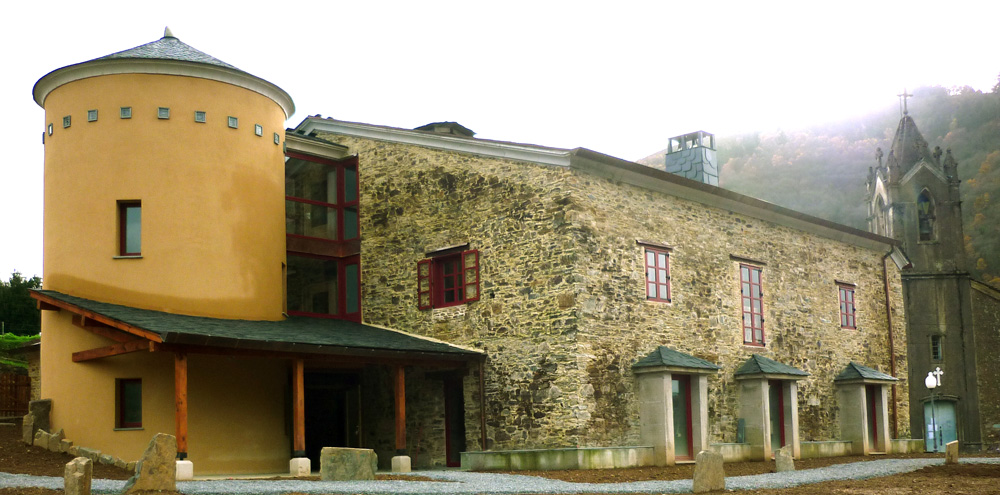
Bres Craft Center
- Taramundi
- Craft
The Bres Craft Center is located in the old Casona de Villanueva, in the center of Bres, 5 kilometers from the capital of the council. This center was conceived as a facility to facilitate the knowledge and enhancement of craft activities, both new and traditional of the region.
-
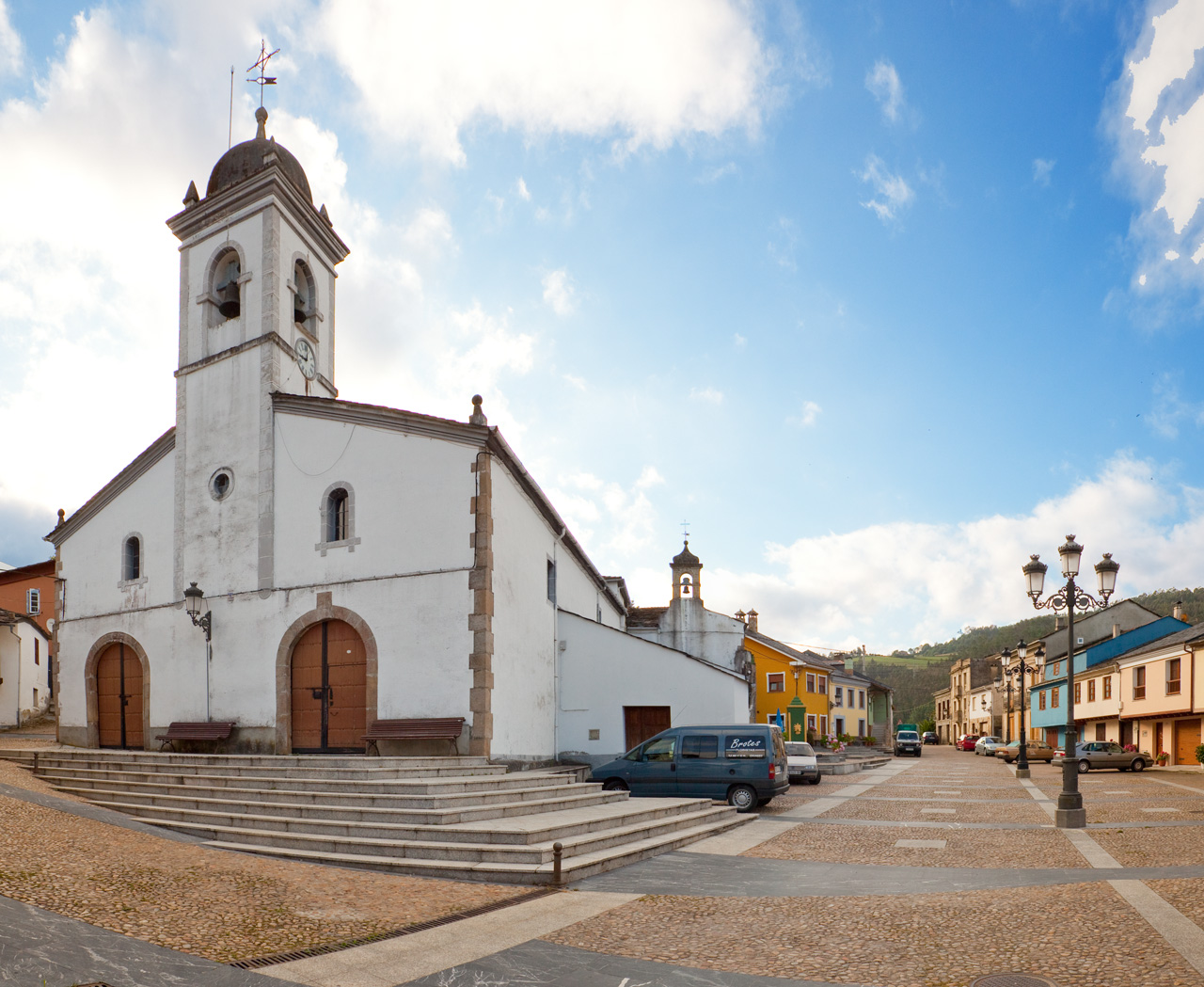
Piantón
- Vegadeo
- Heritage
Two kilometers from the town of Vegadeo is the village of Piantón, which can be reached on foot as the entire route has a sidewalk. It is a beautiful walk along the Suarón River.
-

Castro As Croas de Eilale
- San Tirso de Abres
- Heritage
-
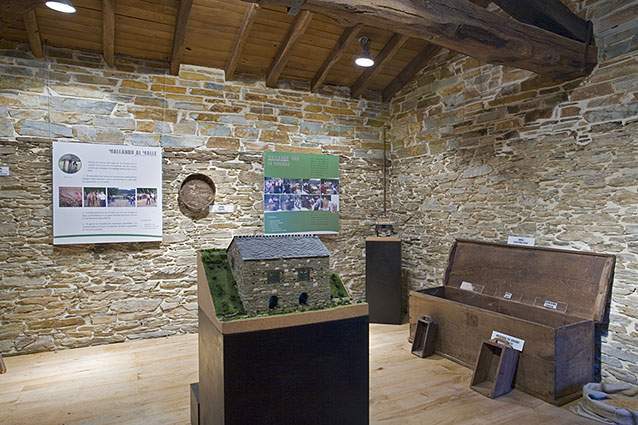
Ecomuseum of Bread
- Villanueva de Oscos
- Museum
The Ecomuseum shows us the complete cycle of bread making, from sowing the cereal to baking, harvesting, milling and kneading.
-
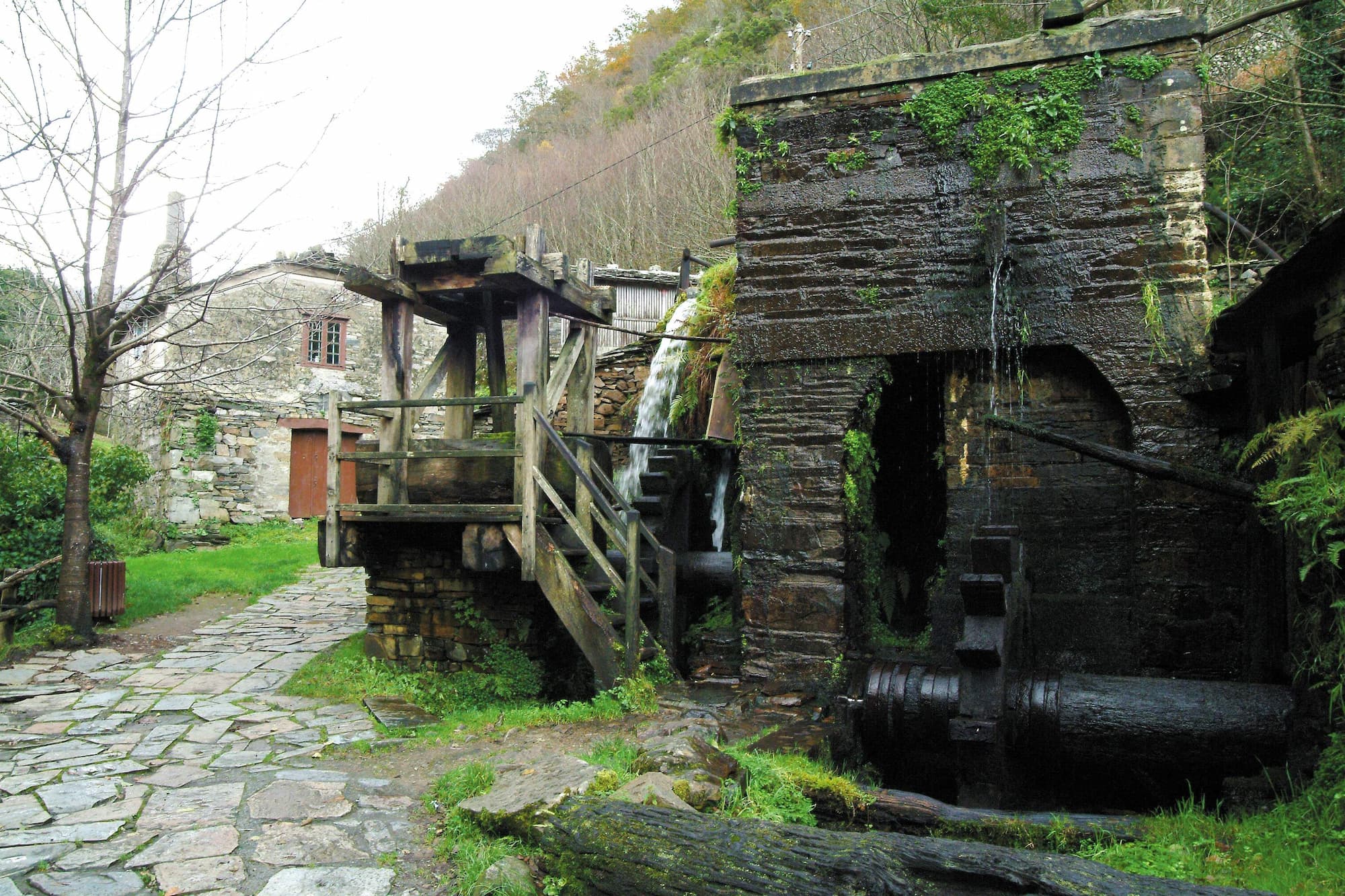
Os Teixois Ethnographic Ensemble
- Taramundi
- Ethnographic set
Os Teixois is one of the most interesting ethnographic sites in Asturias, where we can find several hydraulic devices recovered and available to anyone who wishes to visit them.
-
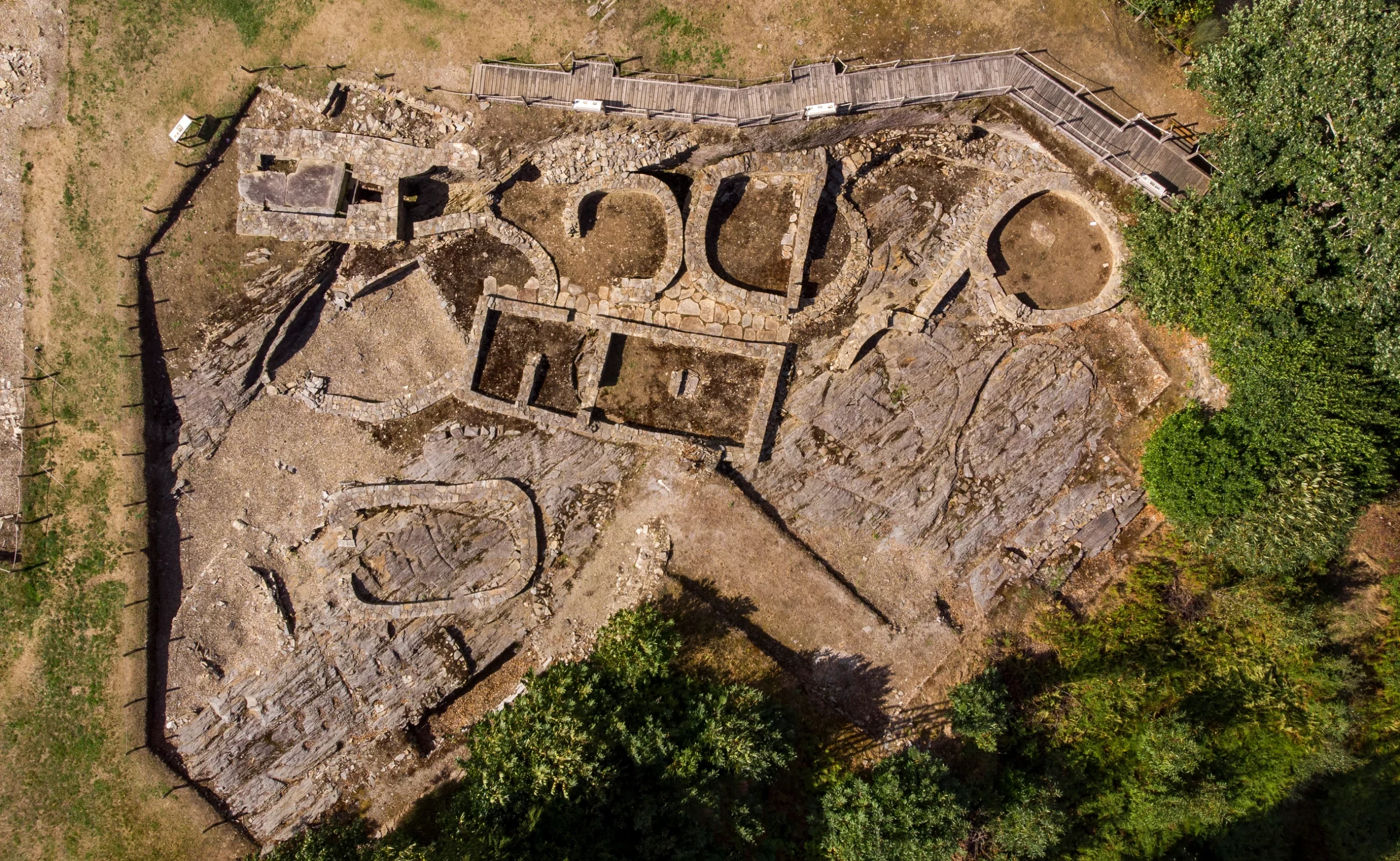
Yacimientos Arqueológicos “Os Castros”
- Taramundi
- Heritage
El yacimiento, conocido como Os Castros se localiza en la capital del concejo. Buena parte de su superficie se ha mantenido ajena al desarrollo urbano del municipio si bien la carretera que desciende hacia Mazonovo significó la destrucción algunas cabañas y parte de la muralla. En el año 2000 se iniciaron las excavaciones arqueológicas bajo patrocinio del Ayuntamiento de Taramundi, la Consejería de Cultura del Principado de Asturias y la meritoria colaboración de la asociación de hosteleros locales ANTURTA.


